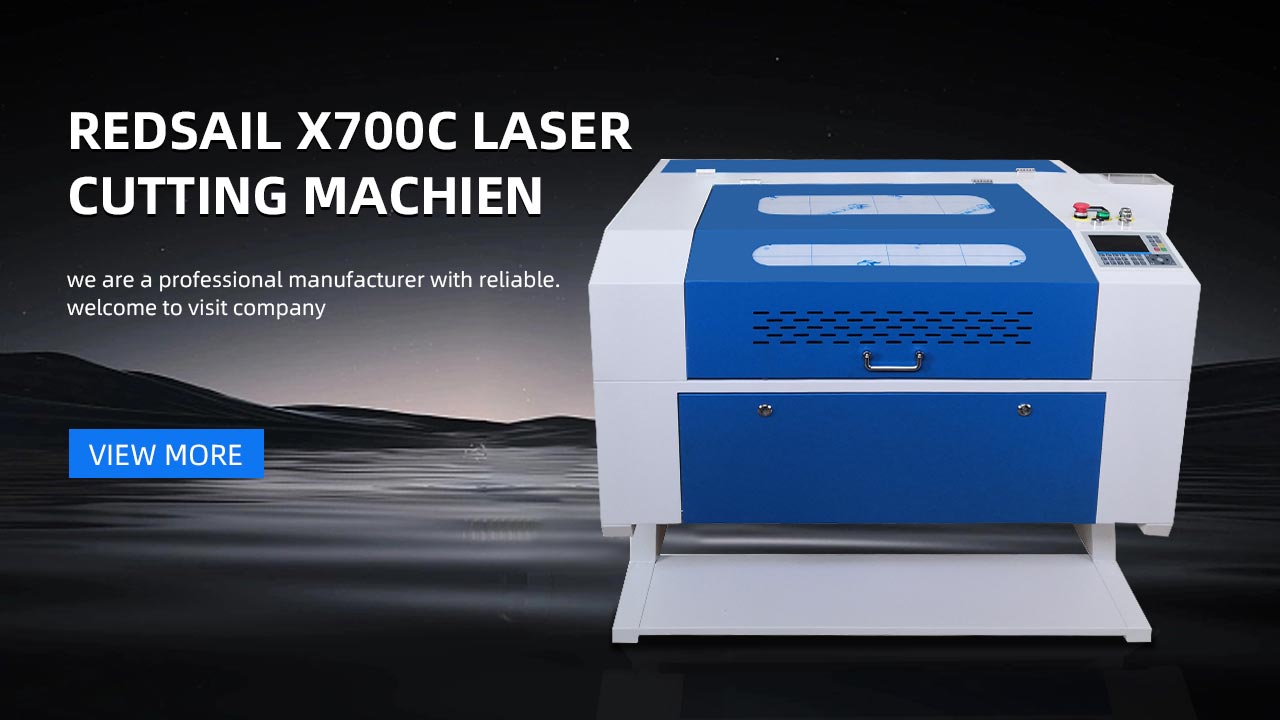Unlocking the Mystery: Can a CO2 Laser Truly Engrave Stainless Steel?
In the world of engraving, stainless steel has always posed a unique challenge. Its hard surface and resistance to traditional engraving techniques have left many wondering if there is an effective solution. Enter CO2 lasers, a cutting-edge technology offering the promise of engraving stainless steel with precision and ease. In this article, we will delve into the mystery behind CO2 laser engraving on stainless steel, exploring its capabilities, limitations, and potential applications.
The Power of CO2 Lasers for Stainless Steel Engraving
CO2 lasers are renowned for their versatility and efficiency in various industries, including engraving. These lasers emit a high-intensity beam of infrared light, measuring around 10.6 micrometers, making them ideal for engraving a wide range of materials, stainless steel included. By focusing this laser beam onto stainless steel, it can vaporize or remove the surface material, creating precise and permanent engravings.
Unlike traditional engraving methods, such as mechanical carving or chemical etching, CO2 lasers provide several advantages when it comes to engraving stainless steel:
- High Precision: CO2 lasers can achieve highly detailed engravings on stainless steel, showcasing intricate designs and producing fine lines.
- Durability: The engravings created by CO2 lasers on stainless steel are long-lasting and resistant to fading, corrosion, and wear over time.
- Quick Turnaround: CO2 laser engraving is a fast process, allowing for high productivity and efficient customization of stainless steel products.
- Versatility: CO2 lasers can engrave various stainless steel alloys, including austenitic, ferritic, and martensitic grades.
Limitations and Considerations
While CO2 lasers offer an effective solution for engraving stainless steel, it is essential to be aware of their limitations and take certain considerations into account:
- Surface Preparation: To achieve optimal engraving results, the stainless steel surface must be clean and free from contaminants, oils, and rust. Surface preparation is critical to ensure proper bonding of the laser with the material.
- Heat Affected Zone (HAZ): CO2 lasers can generate heat during the engraving process, creating a heat-affected zone surrounding the engraved area. This zone might result in discoloration or slight changes in the metal’s properties, depending on the laser settings and the stainless steel alloy being engraved.
- Metal Thickness: The thickness of the stainless steel being engraved can impact the efficacy of the engraving process. Thicker stainless steel may require multiple passes or higher laser power to achieve optimal results.
- Contrast: Achieving high contrast in laser-engraved stainless steel can be challenging. Different engraving techniques, such as vector engraving or annealing, can help enhance the contrast between the engraved area and the surrounding metal.
Potential Applications and Industries
The ability to engrave stainless steel using CO2 lasers opens up a plethora of potential applications across various industries:
- Jewelry: CO2 laser engraving allows for intricate designs and personalization options on stainless steel jewelry, creating unique and meaningful pieces.
- Promotional Items: Stainless steel promotional items, like keychains or bottle openers, can be customized with logos, names, or messages using CO2 lasers.
- Medical Devices: Stainless steel medical devices can be easily laser engraved with important identification information, ensuring traceability and quality control.
- Industrial Applications: CO2 laser-engraved stainless steel finds applications in various industrial settings, including part marking, asset identification, and serial number engraving.
Frequently Asked Questions (FAQs)
-
Can any CO2 laser engrave stainless steel?
Not all CO2 lasers are suitable for engraving stainless steel. It is crucial to use a laser with sufficient power, beam quality, and engraving software that can handle the requirements of stainless steel engraving. -
Will the engraved text or design fade over time?
No, CO2 laser engravings on stainless steel do not fade over time. The laser removes the material, creating a permanent mark that will withstand the test of time and usage. -
Is CO2 laser engraving cost-effective for stainless steel?
While CO2 laser engraving can have an initial investment cost, it is a cost-effective solution in the long run due to its efficiency, durability, and high productivity. The ability to engrave stainless steel products swiftly and accurately can significantly enhance their value and appeal.
In conclusion, CO2 laser engraving offers a viable solution to the mystery of engraving stainless steel. Its high precision, durability, and versatility make it an excellent choice for various applications across industries. However, it’s important to consider the limitations and surface preparation necessary to achieve optimal results. With the power of CO2 lasers, stainless steel engraving no longer remains an unsolvable mystery.





